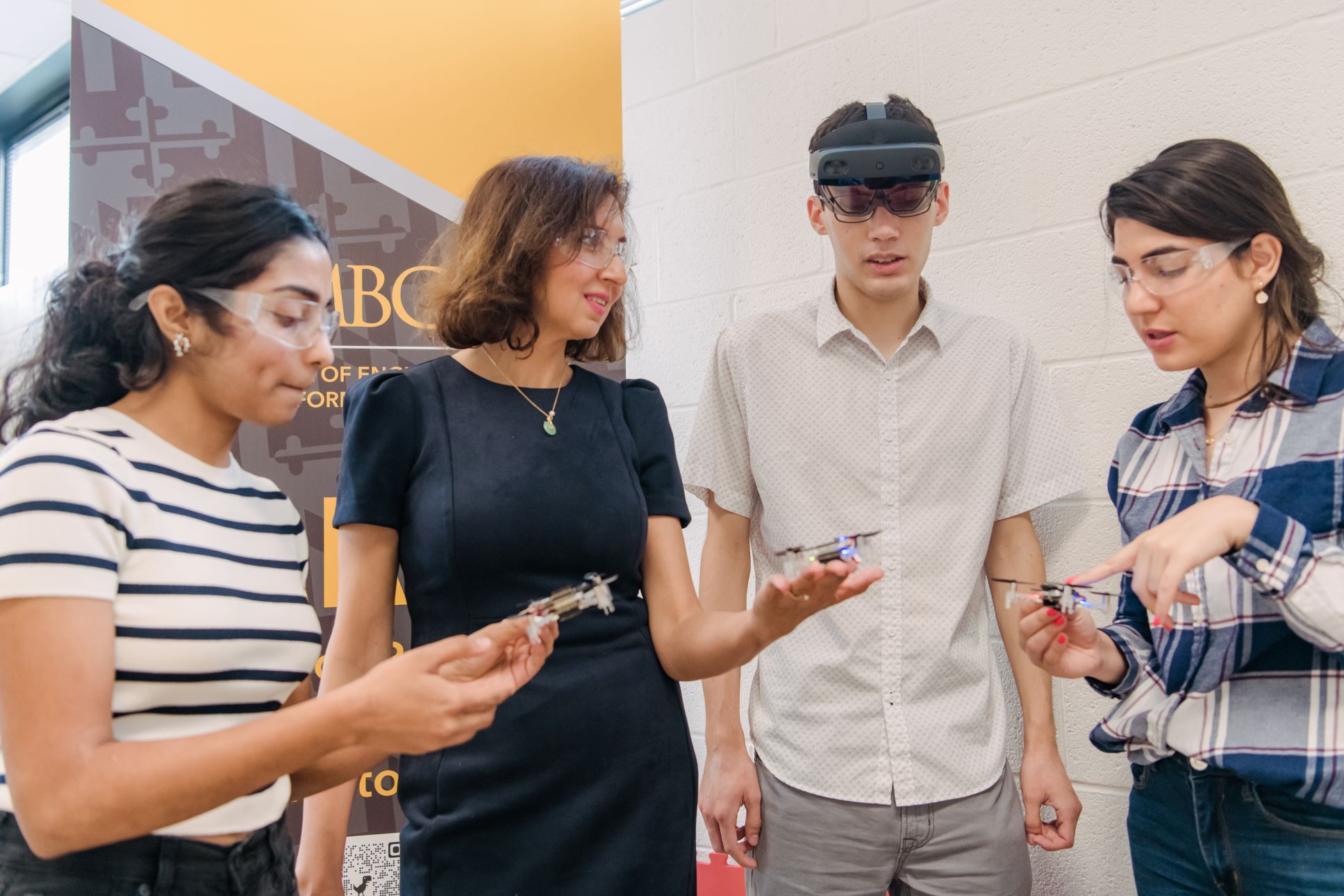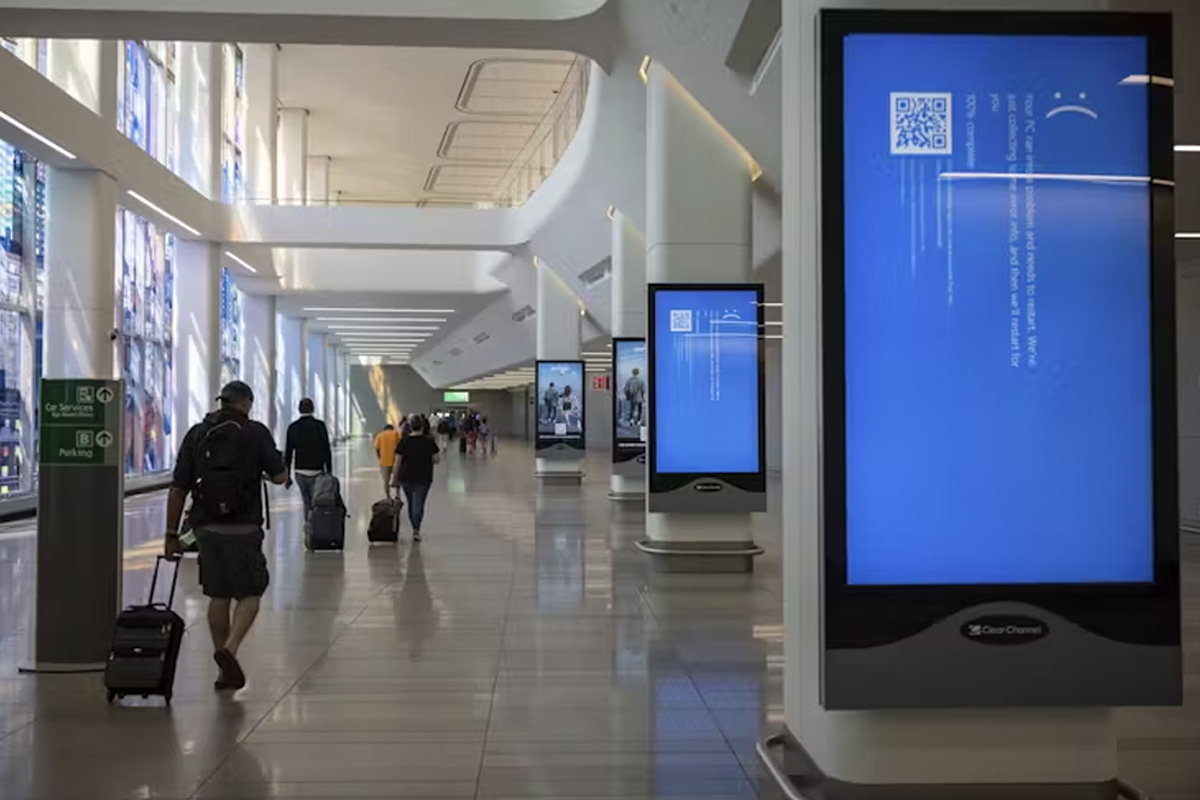Over the past week, UMBC faculty and students have given primetime TV news watchers in Baltimore a glimpse of the frontiers of artificial intelligence (AI) research. WJZ, Baltimore’s CBS News affiliate, aired the AI series in six segments, four of which featured UMBC researchers.
Harnessing data to predict sea level rise
The Wednesday evening spot featured Vandana Janeja, chair of information systems (IS). She described how she and other researchers aim to harness artificial intelligence and new data analysis techniques to better predict how climate-driven changes at Earth’s poles, such as melting glaciers, could impact the rest of the world. Janeja directs iHARP, an NSF-funded institute based at UMBC that brings together data scientists and polar experts from across academia, industry, and the government to tackle a defining challenge of our times.
Connecting robots and AI
The Thursday evening segment featured UMBC faculty and students showcasing their work connecting AI and robots for applications such as disaster response and battlefield readiness. IS professors Aryya Gangopadhyay and Nirmalya Roy and computer science and electrical engineering (CSEE) associate professor Tinoosh Mohsenin from the Center for Real-time Distributed Sensing and Autonomy joined computer science students Kevin Rippy ’24, Warren Funk ’24, Hong Nguyen ’25, and Ben Polyakov ’23, computer engineering Ph.D. students Arnab Mazumder and Mozhgan Navardi, and information systems Ph.D. students Indrajeet Ghosh and Neil Kpamegan to explain the technology.
They demonstrated devices such as miniature drones and a robot that could be controlled from afar with hand motions. The researchers are working to develop the brains of such systems so that they can intelligently work with other robots and with human beings.
Explaining ChatGPT
On Friday, Anupam Joshi, professor of CSEE and director of the UMBC Center for Cybersecurity helped viewers grasp an AI invention now making headlines: ChatGPT. The sophisticated chatbot can write text ranging from computer code to essays on the American Revolution, but Joshi explained how it does make errors and should be used carefully.
Identifying harmful biases in AI
Finally, echoing the theme of responsible and cautious AI use, James Foulds, an assistant professor of IS, and Shaniah Reece, a senior majoring in IS, described to TV viewers how biases from the human world can find their way into AI systems, with harmful effects. They are working to identify such biases where they appear, improving the fairness of AI systems.




